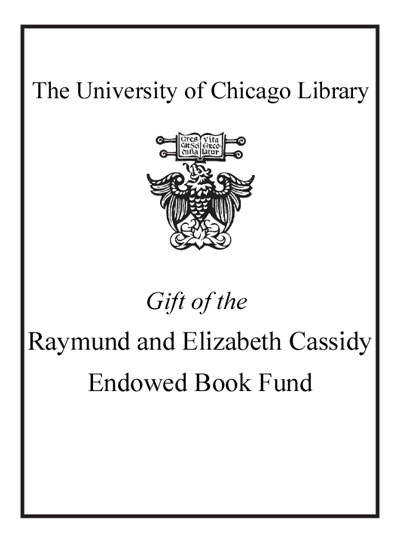Review by Choice Review
In an age of increasing use of information communication technologies to facilitate communication networks, the exchange of relevant information within and beyond government has become a major aspect of governance across many countries. The topic is generally neglected as a research area in the literature. This volume edited by Sanders (CEU Univ., Spain) and Canel (Univ. Complutense of Madrid, Spain) offers the first comprehensive and systematic analysis of government communication within a comparative research framework. The 15 countries that form the basis of the study were selected using the 2012 Freedom House political freedom and press freedom ratings. Government communication is defined from both a conceptual and a functional perspective that focuses on the role of the central executive. Categorized into three broad groups based on countries' democratic attainment, the overall findings show the following: regardless of democratic attainment, governments employ significant resources to communicate with relevant constituents in society; and countries with the highest democratic attainment tend to pursue a mostly strategic and citizen-oriented form of government communication, while their counterparts tend to be more tactical and party oriented. Summing Up: Recommended. Graduate, research, and professional collections. A. E. Wohlers Cameron University
Copyright American Library Association, used with permission.
Review by Choice Review

